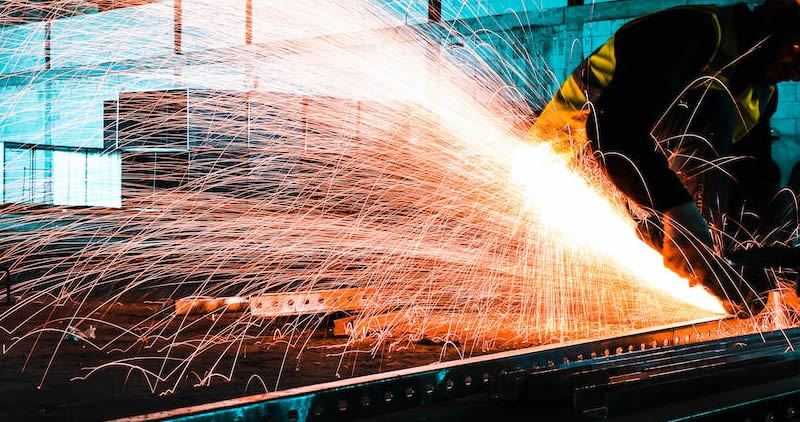The world of manufacturing is ever-evolving, and one of its most exciting advancements is the introduction of multi-axis cutting systems. These systems have transformed how industrial manufacturers approach cutting tasks, offering precision, efficiency, and versatility. In this article, we will explore the various facets of multi-axis cutting systems, their applications, benefits, and what the future holds for this technology.

Understanding Multi-Axis Cutting Systems
At their core, multi-axis cutting systems are designed to move a cutting tool or workpiece along multiple axes simultaneously. This capability allows for more complex shapes and designs to be cut with high precision. Traditional cutting methods often rely on three axes (X, Y, and Z), but multi-axis systems can extend to five or more axes, including rotational movements.
Key Components of Multi-Axis Cutting Systems
To appreciate the complexity and capability of multi-axis cutting systems, it is essential to understand their key components:
1. CNC Controller
The CNC controller is the brain of the system, interpreting design files and guiding the cutting tool along the designated paths. It ensures that each cut is made with precision and consistency.
2. Cutting Tool
The cutting tool is the part of the system that performs the actual cutting. Depending on the material and design, this can range from laser and plasma cutters to water jets and milling tools.
3. Workpiece Holder
The workpiece holder secures the material being cut, ensuring stability during the cutting process. It must be robust enough to withstand the forces exerted by the cutting tool.
Applications of Multi-Axis Cutting Systems
Multi-axis cutting systems have a wide range of applications across industries:
Aerospace and Automotive
In these industries, multi-axis systems are crucial for creating complex components that require high precision. Parts like turbine blades and automotive body panels are often produced using these systems.
Metal Fabrication
From intricate art pieces to structural components, multi-axis cutting allows for the creation of detailed metalwork with minimal waste. Learn more about cutting different metals efficiently.
Medical Device Manufacturing
The precision offered by multi-axis systems is invaluable in the medical field. Devices such as surgical instruments and implants are often manufactured using this technology.
Benefits of Multi-Axis Cutting Systems
The adoption of multi-axis cutting systems offers several benefits:
Increased Precision
With the ability to move along multiple axes, these systems can achieve unparalleled precision, crucial for industries where accuracy is paramount.
Versatility
These systems can handle a variety of materials and designs, making them suitable for diverse applications, from aerospace components to cutting brass cleanly.
Efficiency
By reducing the need for multiple setups and manual adjustments, multi-axis systems streamline the manufacturing process, saving time and reducing costs.
Challenges in Implementing Multi-Axis Cutting Systems
Despite their advantages, implementing multi-axis cutting systems comes with challenges:
High Initial Investment
The cost of acquiring and setting up these systems can be significant, presenting a barrier for smaller manufacturers.
Complex Programming
Operating these systems requires specialized knowledge and training, as programming them can be more complex than traditional systems.
Future of Multi-Axis Cutting Systems
The future looks promising for multi-axis cutting systems. As technology advances, these systems are expected to become more accessible, with improvements in software making them easier to program and operate. Additionally, the integration of artificial intelligence and machine learning could further enhance their capabilities.

FAQs
1. What industries benefit most from multi-axis cutting systems?
Industries like aerospace, automotive, and medical device manufacturing benefit significantly due to the precision and versatility these systems offer.
2. Are multi-axis cutting systems cost-effective?
While the initial investment is high, the efficiency and precision can lead to long-term cost savings, especially in industries with complex cutting needs.
3. How do multi-axis cutting systems improve production time?
By reducing the need for multiple setups and manual interventions, these systems streamline production processes, significantly reducing production time.
For further insights into metal cutting technologies, visit this informative resource.
This article contains affiliate links. We may earn a commission at no extra cost to you.

